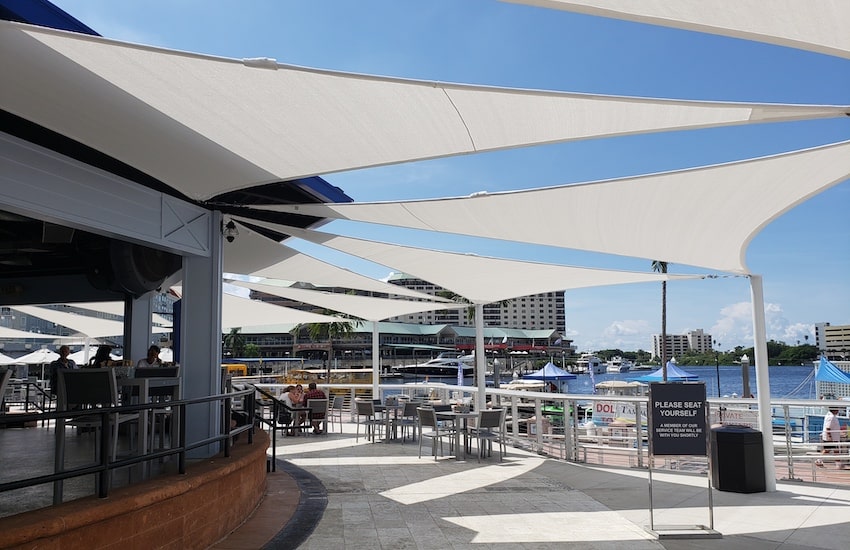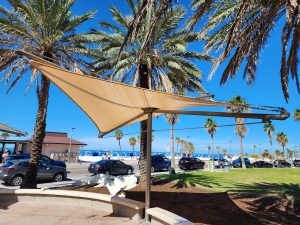 Our goal is to give a thorough understanding of the design and installation of shade structures. The demand for such buildings has risen in recent years, spurred by a growing awareness of the need for shade in hot climates. Before beginning the design and installation process, it is critical to understand the structure’s particular needs. Cantilever, hip roofs, and sails are all common designs for shade structures. Finally, competent installation is required to guarantee that the structure performs as planned and can survive adverse weather.
Our goal is to give a thorough understanding of the design and installation of shade structures. The demand for such buildings has risen in recent years, spurred by a growing awareness of the need for shade in hot climates. Before beginning the design and installation process, it is critical to understand the structure’s particular needs. Cantilever, hip roofs, and sails are all common designs for shade structures. Finally, competent installation is required to guarantee that the structure performs as planned and can survive adverse weather.
People are becoming increasingly conscious of the value of shade structures, particularly in locations where temperatures can reach intolerable levels. As a result, the demand for shade structures has grown in recent years, necessitating a thorough understanding of their design and construction. This detailed guide attempts to offer a thorough grasp of what to consider when constructing a shade structure and how to ensure a successful installation.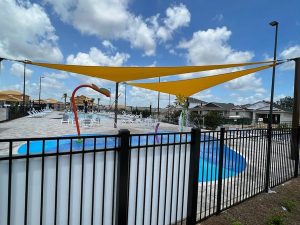
Before constructing and building a shade structure, it is critical to understand its purpose. Whether you need a structure to provide shade for outdoor lounging areas, playgrounds, or swimming pools, understanding the intended purpose can help you choose the correct materials, design, and installation method.
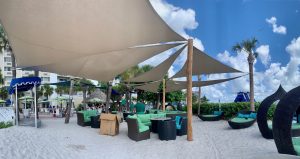 Shade structures come in a variety of designs to match the environment and accomplish their intended purpose. The most popular designs are cantilever, pavilion, sail, and tensioned. Cantilever designs have a post and beam construction that extends over an area to offer shade. Pavilion designs are often freestanding and give total protection over a vast area, whereas sail designs are lightweight and shaped like a sail, providing shade in limited sections.
Shade structures come in a variety of designs to match the environment and accomplish their intended purpose. The most popular designs are cantilever, pavilion, sail, and tensioned. Cantilever designs have a post and beam construction that extends over an area to offer shade. Pavilion designs are often freestanding and give total protection over a vast area, whereas sail designs are lightweight and shaped like a sail, providing shade in limited sections.
To guarantee that a shade structure is safe and useful, it must be carefully planned before installation. This entails examining the surrounding environment, the intended use, and municipal rules to establish the suitable placement, size, and design that best serves the intended purpose. For example, while constructing a building on a playground, safety and space must be addressed.
Once the design and placement have been determined, the installation procedure may begin. When installing a shade structure, take care to ensure safety. Proper installation ensures that the structure can survive adverse weather conditions and resist deterioration over time.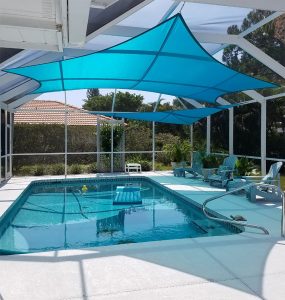
Shade structures are a wonderful method to provide a comfortable atmosphere in places exposed to high temperatures, but proper design and installation are required to assure operation and safety. Choosing the correct materials, design, and installation strategy is critical, and consulting an expert in the industry may give advice on what to consider. By following the advice provided above, you may construct a long-lasting, effective, and visually beautiful shade structure that matches your requirements.

